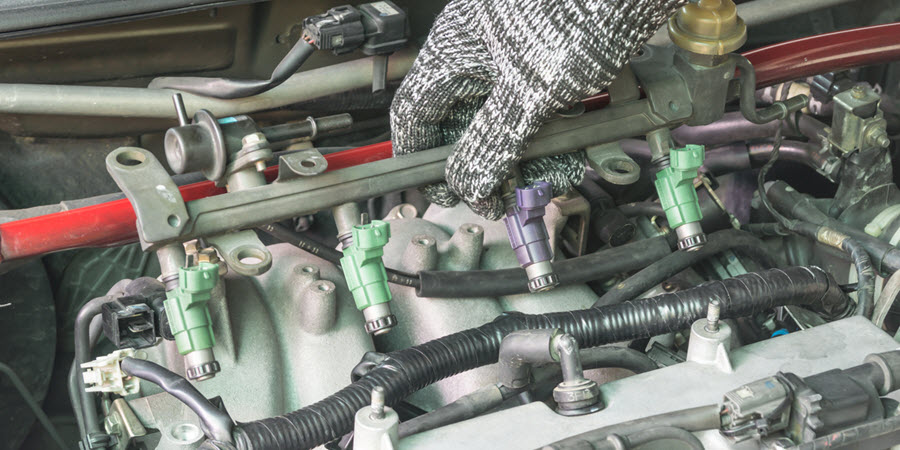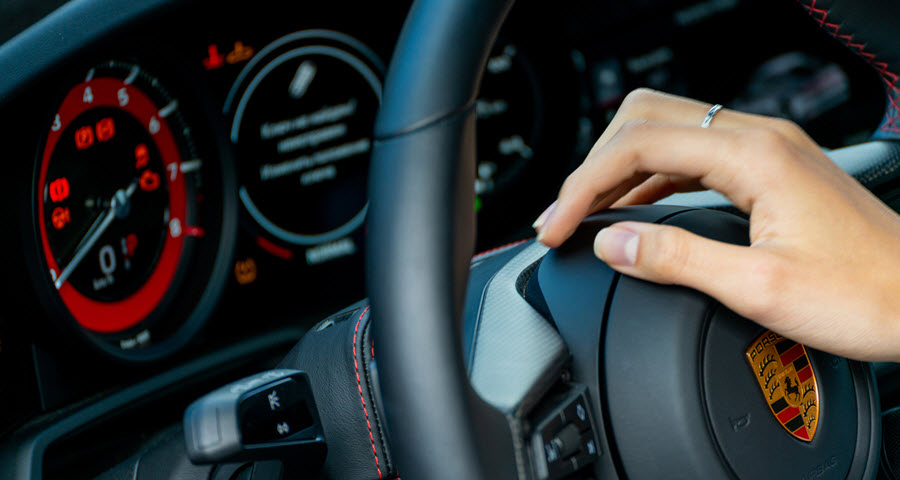The fuel pressure regulator is a vital part of your Porsche’s fuel system. Every car must maintain a certain level of fuel pressure to continue functioning properly. The fuel pressure regulator, as its name implies, functions to control the pressure in your Porsche’s engine and keep it from flooding.
If you’re looking to understand the working parts of your fuel pressure regulator, look no further than this article for more information on how a fuel pressure regulator works and what happens when it malfunctions.
The Purpose Of A Fuel Pressure Regulator
The fuel pressure regulator is required for any EFI system. Without one, fuel in your Porsche’s engine won’t be able to create the right amount of pressure to support the injectors with fuel. This will cause fuel to miss the injectors and flow directly to the engine, potentially flooding it. Alternatively, if the fuel tank is blocked, the fuel pump will attempt to pump an excess of fuel to the injectors. This results in their failure.
To ensure that there is the correct mixture of air and fuel, the right fuel pressure is needed in any situation, for both low and high revs, with no regard to the power source. The fuel pressure regulator works here to regulate the supply and demand of fuel in the engine.
How Fuel Pressure Regulators Work
Generally, the fuel pressure regulator’s function is to maintain a consistent supply of fuel, especially during significant changes in the demand of fuel.
The diaphragm of the fuel pressure regulator has two sides. One side is subjected to pressure provided by the fuel rail. The other side is subjected to pressure from the vacuum or boost from the inlet tract, which is between the inlet port and the throttle plate. The ratio you want for this function is 1:1. The fuel pressure regulator in your Porsche controls the pressure of the fuel against the pressure of the air or boost. In turn, this allows the fuel injector to keep up the ratio between boost and fuel.
A fuel pressure regulator is made up of a diaphragm which regulates the bypass valve. It can close and open to change its position accordingly for a steady delivery of fuel. Once pressure or boost is put down on the surface of the regulator, a built-in spring pushes down the diaphragm and limits the amount of extra fuel. This allows the fuel pump to work harder as the fuel pressure builds up, increasing the amount of pressure coming from the intake manifold.
Symptoms Of A Bad Fuel Pressure Regulator
- A liquid leak close to the exhaust pipe: When malfunctioning, fuel pressure regulators can cause the engine to flood, which then results in a gasoline leak coming from your Porsche’s tail pipe.
- Black smoke: If you notice black smoke coming from any part of your car while the engine is running, there could be an incorrect pressure ratio in your Porsche caused by a faulty fuel pressure regulator.
- Less efficient gas mileage: This problem is common for many issues involving your Porsche’s engine, and a bad fuel pressure regulator is one of them. If you find yourself fueling up more often than usual, there could be a larger problem in your engine.
- Gas smell coming from the engine: Odd smells of any kind should never be ignored. A gasoline smell coming from your Porsche’s engine could indicate an engine flood caused by a bad fuel pressure regulator.

Bavarian Workshop for Your Porsche
Located off of Vanowen Street in West Hills, California, Bavarian Workshop is CA’s premier German automotive repair shop. We service all drivers in the surrounding areas, including Agoura, Calabasas, and Woodland Hills, CA.
In addition to repairing a bad fuel pressure regulator, Bavarian Workshop offers the following services for your Porsche:
- A/C Service and Repair
- Brake Service and Repair
- Check Engine Light Maintenance
- Clutch Repair
- Factory-Scheduled Services
- Oil Change Service
- Suspension Repair
- Transmission Repair
If you find yourself experiencing any of the above issues with your Porsche’s fuel pressure regulator, bring your beloved vehicle in to see us. We can help you understand the dynamics of the part as well as fix the problem in no time.
* Porsche Car image credit goes to: Wirestock.
 Rated 5 Stars on Google
Rated 5 Stars on Google 23710 Vanowen St, West Hills, CA 91307
23710 Vanowen St, West Hills, CA 91307 818-346-9363
818-346-9363